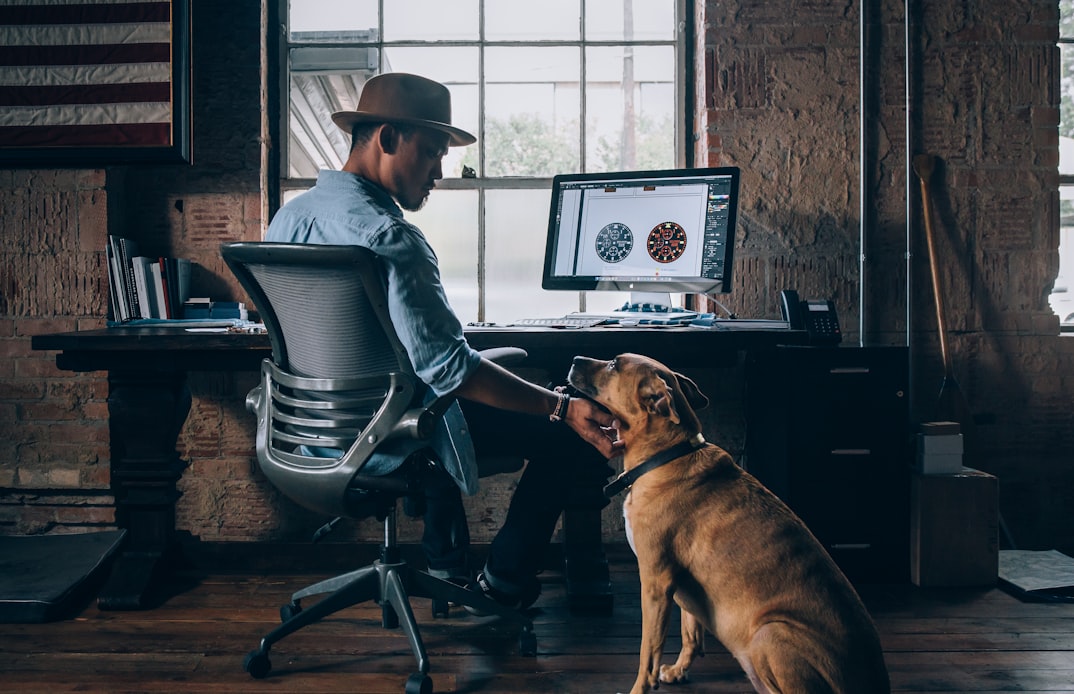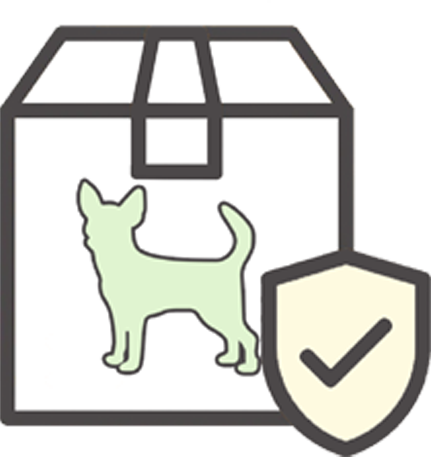What to Know About Bringing Your Dog to Work
Updated On: Friday, January 10, 2025 12:32:43 PM America/Los_Angeles
At DoggieLawn, we love spending as much time as we can with our dogs. However, bringing your dog to work can require some major adjustments for both you and your pup. In this post, we discuss what you need to know and what you can expect if you’re thinking about bringing your furry BFF to work!
Photo by DEVN
Is it okay to bring my dog to work?
Rules about bringing your dog to work vary from company to company as well as depend on your personal circumstances. If you have a disability that requires the assistance of a service animal, there are certain regulations that protect your right to have your dog accompany you. But whether you need the aid of a service animal or you’re just looking for a lil’ extra bonding time with your fur baby, changes will have to be made to accommodate the new routine. If you’re lucky enough to have your dog join you in the workplace, there are some important things to keep in mind.
What are some tips for bringing my dog to work?
Even if you’ll be keeping your dog company (or the other way around), going into work can be a big change for your pup! You’ll want to be sure to keep some things as routine as possible, including meals and potty breaks, to ease them into their new environment and schedule.
- Meals: A routine food schedule is one of the major ways your dog gets a sense of security, so you’ll want to minimize change as much as possible. This includes the type of food they’re eating as well as their usual mealtimes. Avoid making any major diet changes as you transition your dog into their new workday schedule. This is especially true if you have a dog that tends to get an upset stomach in response to stress or change. Nobody, including you and your dog, wants to deal with diarrhea just as you’re about to head into a meeting. If you think feeding your dog at work may cause too much of a ruckus, continue to feed meals at home and only switch up their feeding schedule once you’re certain they’re feeling settled into their new lifestyle.
- Potty times and spaces: Potty times are another routine part of your dog’s schedule that should be kept intact as much as possible. Unfortunately, it can be hard to step away right when your dog needs, even if you’re there with them in person. Anticipate any changes by keeping an indoor dog bathroom handy. A pee pad like DoggieLawn can provide access to real grass in the event that your meeting runs long or you have an unanticipated work emergency and aren’t able to take your dog out.
- Familiar scents: Help your dog feel at home by bringing in some of their favorite things. Does your pup have a favorite bed for their afternoon nap? Take it with you and place it near your desk to help your dog feel less overwhelmed by the change. If they have a favorite chew toy or bully stick, those are also great for not only keeping them occupied while you’re busy but providing something that smells familiar and comforting. It also helps them to associate the new environment with positive feelings and activities.
Making sure your dog is comfortable and safe is the number one priority in ensuring a smooth transition for you and your pup. This helps minimize any potential issues from arising while your dog acclimates to their new situation. Having your furry BFF with you at work can be rewarding for both you and your dog, as long as you’re prepared!


